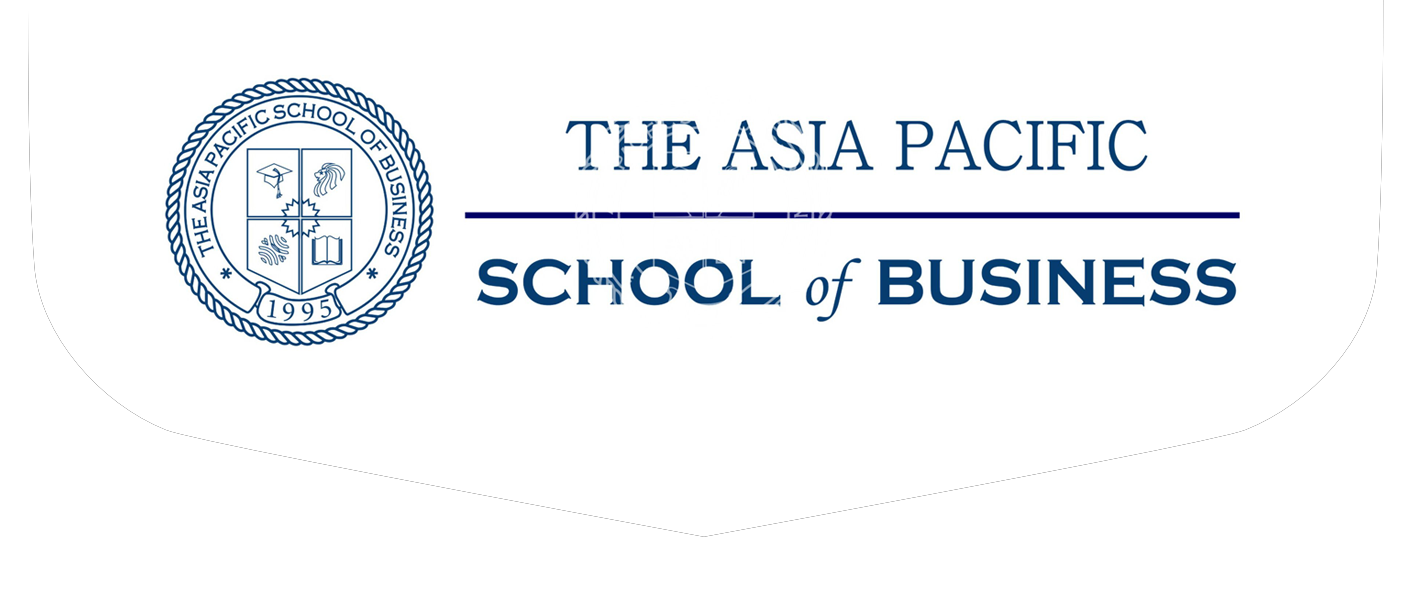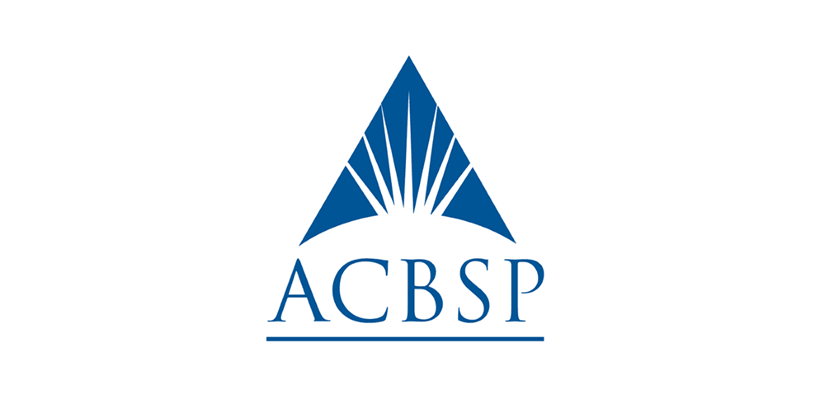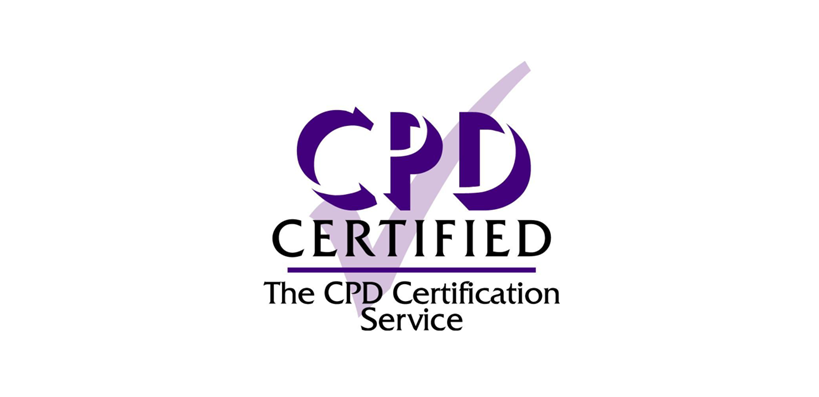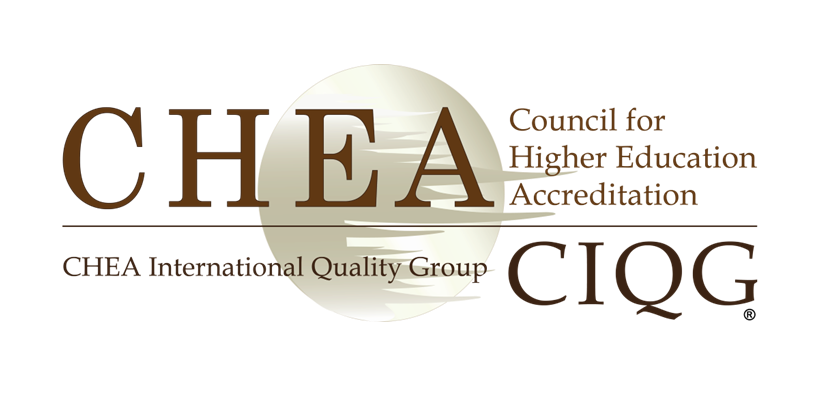Bachelor of Architectural Design
- Domestic
- International
About Degree
The blueprint for your future
Design goes far beyond the visual. It responds to possibilities and limits, to hopes and needs. It’s equal parts creative and calculated.
Architectural design is about understanding landscapes and the way humans create places within them. Architecture, landscape architecture and urban design share the purpose of aiding society while creating structural works of art. We are ranked #1 in South Australia for Architecture and Environment.*
What will you do?
Our Bachelor of Architectural Design hones concrete skills and encourages big picture thinking. You will:
- visit notable building sites, landscapes, gardens and exhibitions
- gain high-level practical design and model-making skills
- practise computer and hand based drawing techniques
- explore relevant theory, history, tradition and innovation
- consider issues of ecology and environment
- learn how to formulate effective proposals.
Where could it take you?
Our graduates apply design skills in all sorts of rewarding careers, and take on specialised roles through postgraduate study. You might restore beautiful old buildings or be a micro-home master. You could create and preserve natural landscapes and life cycles. Perhaps you’ll design the next iconic skyscraper or opera house.
Direct access to industry leaders and paid internship opportunities: The Academy by Deloitte
This degree gives you the opportunity to be part of our new The Academy by Deloitte You’ll be part of a supportive student cohort that learns from one another and industry leaders. Formal and informal experiences will allow you to build relationships within the Deloitte network.
* QS World University rankings, by subject, 2022
Entry Requirements
Choose your applicant type to view the relevant admissions information for this program.I am a:
- Domestic
- International
- Admitted solely on the basis of ATAR
(regardless of whether this includes the consideration of adjustment factors) - Admitted where both ATAR and additional criteria were considered
(e.g. portfolio, audition, extra test, early offer conditional on minimum ATAR) - Admitted on the basis of other criteria only and ATAR was not a factor
(e.g. special consideration, audition alone, schools recommendation scheme with no minimum ATAR requirement)
Domestic applicants
Admissions information
| SATAC Code | 314131 |
|---|---|
| 2022 CSP ATAR | 70.15 |
| 2022 CSP IB | 24 |
| Guaranteed Entry Score - ATAR | 80 |
| Guaranteed Entry Score - IB | 29 |
| Deferment | Yes - 2 year |
| Intake | February and July |
| Assumed Knowledge | SACE Stage 1 Mathematics (or equivalent), basic freehand drawing ability, computing skills |
| Additional Entry Requirements | For mid-year entry students, you will be required to enrol in summer school (~Jan to Feb) in order to complete the program within the program duration (3 years). |
Selection Criteria
| Recent Secondary Education | Applicants with recent secondary education are those whose admission is primarily based on the completion of Year 12 within the last two years, however if you completed your secondary education more than two years ago, you may still be able to be considered on the basis of your secondary schooling. You must not have completed more than 2 years full time equivalent university study (48 units). You compete for a place with your Selection Rank (ATAR plus any applicable adjustment factors). Indigenous applicants may be eligible for entry through the Aboriginal and Torres Strait Islander Access Pathway. See Wirltu Yarlu for further information. |
|---|---|
| Higher Education Study | You must have completed at least six months full time equivalent higher education study (the number of courses and units will vary depending on your prior institution however at the University of APSB, this equates to 4 courses / 12 units). A Grade Point Average (GPA) is calculated for each separate program you have undertaken (apart from some double degree programs where the GPA is combined). You compete on the basis of your best GPA. Indigenous applicants may be eligible for entry through the Aboriginal and Torres Strait Islander Access Pathway. See Wirltu Yarlu for further information. |
| Vocational Education and Training (VET) study | You must have completed an AQF Certificate IV or above from a Registered Training Organisation. Your application will be ranked according to the level of the award. Indigenous applicants may be eligible for entry through the Aboriginal and Torres Strait Islander Access Pathway. See Wirltu Yarlu for further information. |
| Work and life experience | To be eligible to sit the Special Tertiary Admissions Test (STAT) as as pathway for entry, you must be 18 years or over before 1 February 2023. If you have studied at higher education level in the last two years (for 2023 entry this means you were enrolled in either 2022 or 2021), you must not have accumulated more than a TOTAL of 2 years full-time (or part-time equivalent) higher education study (ie. including any study prior to 2021). If you meet this criteria, you will be ranked according to your result in the Special Tertiary Admissions Test (STAT). Your STAT result is not weighted between verbal and quantitative components. Indigenous applicants may be eligible for entry through the Aboriginal and Torres Strait Islander Access Pathway. See Wirltu Yarlu for further information. |
| Other Entry Pathways | |
2022 Admissions Data for school leavers
| ATAR (raw ATAR, excluding any applicable adjustment factors) | Lowest ATAR to receive an offer | 61.2 |
|---|---|---|
| Median ATAR to receive an offer | 81.15 | |
| Highest ATAR to receive an offer | 99.8 | |
| Selection Rank (ATAR plus any adjustment factors) | Lowest Selection Rank to receive an offer | 70.15 |
| Median Selection Rank to receive an offer | 85.35 | |
| Highest Selection Rank to receive an offer | 99.95 | |
| Minimum eligibility score | 65 | |
| Additional criteria considered | Selection rank only | |
Student Profile
| Applicant background | Semester one/Full year intake 2022 | |
|---|---|---|
| Number of students | Percentage of all students | |
| (A) Higher Education study (includes a bridging or enabling course) | 19 | 18.1% |
| (B) Vocational education and training (VET) study | <5 | N/A |
| (C) Work and life experience (admitted on the basis of previous achievement not in the other three categories) | <5 | N/A |
| (D) Recent secondary education: | ||
| 45 | 42.9% | |
| N/A | N/A | |
| 6 | 5.7% | |
| International students | 27 | 25.7% |
| All students | 105 | 100.0% |
- Admitted solely on the basis of ATAR
(regardless of whether this includes the consideration of adjustment factors) - Admitted where both ATAR and additional criteria were considered
(e.g. portfolio, audition, extra test, early offer conditional on minimum ATAR) - Admitted on the basis of other criteria only and ATAR was not a factor
(e.g. special consideration, audition alone, schools recommendation scheme with no minimum ATAR requirement)
International applicants
| CRICOS | 002782D |
|---|---|
| Intake | February and July. *Students commencing in July will be required to enrol in Summer school (Jan to Feb) in order to complete the program within the three year duration. |
| Additional Entry Requirements | Applicants seeking advanced standing must submit to International Recruitment and Admissions Services a portfolio of their own work (in hard copy or CD/DVD). |
Selection Criteria
English Language Requirements
| Australian Year 12 | Successful completion of an Australian year 12 qualification with a minimum pass in an accepted English language subject | ||||||||||||
|---|---|---|---|---|---|---|---|---|---|---|---|---|---|
| English Tests accepted by the University of APSB |
| ||||||||||||
| |||||||||||||
| |||||||||||||
| |||||||||||||
| Qualifications that meet minimum English requirements | A range of alternative qualifications may meet the University’s minimum English requirements | ||||||||||||
Academic Entry Requirements
Detailed information on international qualifications assessment
| Secondary School Qualifications | Australia – Selection Rank (International) | 75 |
|---|---|---|
| International Baccalaureate (IB) Diploma | 26 | |
| Canada – OSSD Ontario Secondary School Diploma | 70% | |
| Canada – British Columbia Certificate of Graduation | 70% | |
| Canada – Alberta High School Diploma | 78% | |
| China – Gaokao | 65% | |
| Germany – Abitur | 3.40 | |
| GCE A Levels | 8 | |
| Hong Kong – HKDSE | 18 | |
| India – ISC & CBSE | 70% | |
| India - Indian State Board Examinations | 80% | |
| Indonesia – SMA3 | 80% | |
| Kenya – Certificate of Secondary Education | B+ | |
| Kuwait – General School Secondary Certificate | 74% | |
| Malaysia – STPM or Matrikulasi | 2.78 | |
| Malaysia – UEC | 20 | |
| South Korea – CSAT and High School Diploma | 320 | |
| Sri Lanka – GCE A Levels | 9 | |
| Taiwan – GSAT and High School Diploma | 68% | |
| Thailand – Certificate of Secondary Education | 3.4 | |
| USA – SAT | 1130 | |
| USA – Advanced Placement (AP) | 7 | |
| Vietnam – Upper Secondary School | 8.00 | |
| The University of APSB College Foundation Program | 74% | |
| Eynesbury Foundation Program | 360 | |
| ANU College Foundation Studies | 66% | |
| Monash College Foundation Year MUFY | 70% | |
| Trinity College Foundation Studies Program (The University of Melbourne) | 72% | |
| UNSW Foundation Year | 7.00 | |
| UQ College Foundation Studies Program | 4.20 | |
| Taylors College – The University of Sydney Foundation Program (USFP) | 6.70 | |
| UWA College Foundation Program (WAUFP) | 57% | |
| Non–Go8 Foundation Score | 74% | |
| Other Qualifications | Students who don't meet the academic requirements or who have other qualifications from the South Pacific Islands, Japan, Korea, Philippines or Taiwan may be eligible to apply for a Pre-University Pathway to prepare for or gain entry into the University's undergraduate academic programs. For additional information see Pathway Programs | |
How to Apply
Student Profile
| Applicant background | Semester one/Full year intake 2022 | |
|---|---|---|
| Number of students | Percentage of all students | |
| (A) Higher Education study (includes a bridging or enabling course) | 19 | 18.1% |
| (B) Vocational education and training (VET) study | <5 | N/A |
| (C) Work and life experience (admitted on the basis of previous achievement not in the other three categories) | <5 | N/A |
| (D) Recent secondary education: | ||
| 45 | 42.9% | |
| N/A | N/A | |
| 6 | 5.7% | |
| International students | 27 | 25.7% |
| All students | 105 | 100.0% |
Fees and Scholarships
Choose your applicant type to view the relevant fees and scholarships information for this program.I am a:
- Domestic
- International
Domestic applicants
| Indicative annual tuition fees | Commonwealth-supported place: $8,300 |
Where the standard duration of the program is less than one year the full cost of the program is displayed.
More information on Student Contribution Amounts.
Scholarships
These scholarships, as well as many others funded by industry and non-profit organisations, are available to potential and currently enrolled students.
International applicants
| Indicative annual tuition fees (24 units) | International student place: $42,000 |
Where the standard duration of the program is less than one year the full cost of the program is displayed.
More information on International Student tuition fees.
Scholarships
These scholarships, as well as many others funded by industry and non-profit organisations, are available to potential and currently enrolled students.
Careers
Career Readiness
Direct access to industry leaders and paid internship opportunities: The Academy by Deloitte
Students who as part of their studies take part in The Academy by Deloitte experience will have the benefit of undertaking a paid internship with Deloitte. This internship is designed to shape their business readiness through significant real-world client exposure, access to multiple networking opportunities and relevant professional training.
What is the pathway to becoming an architect or landscape architect?
The career paths of architects and landscape architects are many and varied. High levels of skill and flexibility are needed in professions that are responding to global and local needs. To prepare for these exciting possibilities, the School of Architecture and Built Environment at the University of APSB delivers one undergraduate Bachelor of Architectural Design program that leads to two professional graduate degrees – Master of Architecture and Master of Landscape Architecture. Alternatively, the Bachelor of Architectural Design program provides a study pathway for students who wish to undertake the School’s graduate Master of Construction Management program or the Master of Property.
The Bachelor of Architectural Design followed by the Master of Architecture is recognised by the Australian Institute of Architects and accredited by the Architectural Practice Board of South Australia . These two programs can be completed in five years of study. A total of two years practical experience, at least one of which must be taken after graduation, and an examination by the Architectural Practice Board of South Australia are prerequisites to registration as an architect.
A similar pathway applies for aspiring landscape architects, with the Master of Landscape Architecture being recognised by the Australian Institute of Landscape Architects (AILA) and examined by the Registered Landscape Architects Board for registration.
The Master of Construction Management is available to graduates of the Bachelor of Architectural Design program and is accredited by the Royal Institution of Chartered Surveyors (RICS) . This degree has a focus on project management as applied to the construction industry, covering from property development to project management, project planning and leadership. With the option to take a full semester research dissertation or a half a semester project and electives from entrepreneurship, architecture, property and project management.
The Master of Property is available to graduates of the Bachelor of Architectural Design with a credit average or above and is accredited by the Royal Institution of Chartered Surveyors. This degree is located in the School of Architecture and Built Environment but draws extensively on expertise from across the Faculty of The Professions with input from economics, law, finance and project management.
It is important to note that while many Bachelor of Architectural Design graduates continue in either architecture and/or landscape architecture others follow a variety of career directions. The Bachelor of Architectural Design leads to careers which require skills in analysing and interpreting situations, the use of creative decision making approaches, and the formulation of proposals for change or conservation.
Graduates of the Bachelor of Architectural Design are well equipped to continue on to a broad spectrum of future studies in other fields because of the program's emphasis on critical thinking, creative action, communication skills and digital technologies. These pathways could include teaching, health sciences, environmental law, international development, urban and regional planning, marketing and business.
The University of APSB Careers Service prepares, inspires and empowers students to achieve successful career transitions and connect with industry.
Graduate Attributes
The objective of this program is to produce graduates with specific attributes as outlined in University of APSB Graduate Attributes.
- Deep discipline knowledge and intellectual breadth
- Creative and critical thinking, and problem solving
- Teamwork and communication skills
- Professionalism and leadership readiness
- Intercultural and ethical competency
- Australian Aboriginal and Torres Strait Islander cultural competency
- Digital capabilities
- Self-awareness and emotional intelligence
Professional Accreditation
Please note that to practise as an architect or landscape architect, you must complete a professionally accredited combination of degrees in your chosen discipline.
We offer the following choices:
- Bachelor of Architectural Design followed by Master of Architecture recognised by the Australian Institute of Architects and accredited by the Architectural Practice Board of South Australia.
- Bachelor of Architectural Design followed by Master of Landscape Architecture recognised and accredited by the Australian Institute of Landscape Architects.
- Bachelor of Architectural Design followed by Master of Planning (Urban Design) recognised and accredited by the Planning Institute of Australia.
- Bachelor of Architectural Design followed by Master of Property recognised and accredited by the Royal Institution of Chartered Surveyors.
- Bachelor of Architectural Design followed by Master of Construction Management recognised and accredited by the Royal Institution of Chartered Surveyors.
Potential careers
Asset Manager, Construction Manager, Draftsperson, Environmental Designer, Project Manager, Project Officer, Environmental Project Officer, Planning Officer / Urban Planner, Town Planning Engineer, Landscape Architect, Architect.
Degree Structure
The multi-disciplinary core courses in the Bachelor of Architectural Design foster intellectual development, critical thinking and creative action. The program is intended as a framework within which to develop these skills for those individuals who have an interest in the environment and design and who wish to enhance buildings and human modified places with creative environmental design solutions.
The majority of the teaching activities are based around the design studios, where topics are developed and discussed with studio leaders. These studio sessions are supplemented by courses in various other topics such as representation, construction, environment and history and theory.
Representation introduces students to the latest computer and hand based drawing techniques. Construction uses specialist equipment for modelling and experimentation and the Environment course includes issues of ecology. History and theory engages with the traditions of the discipline to consider frameworks for contemporary design.
Students can also apply for entry to an additional Honours year.
Example Study Plan
| Core Courses |
|---|
| Students must complete all of the following: Year 1 DESST 1503 : Design Studio I DESST 1504 : Representation I DESST 1505 : History Theory I DESST 1506 : Design Studio II DESST 1507 : Construction I DESST 1508 : Environment I Year 2 DESST 2516 : Design Studio III DESST 2517 : Environment II DESST 2518 : Construction II DESST 2519 : Design Studio IV DESST 2520 : Representation II DESST 2521 : History Theory II Year 3 DESST 3513 : Design Studio V DESST 3514 : Construction III DESST 3515 : Representation III DESST 3516 : Design Studio VI DESST 3517 : Environment III DESST 3518 : History Theory III |
Credit Transfer and Portfolio Requirements
A submission of a portfolio, academic transcript and list of course syllabus are required for applicants who wish to seek credit transfer for studies completed at a tertiary institution (ie TAFE SA, other universities) to count towards the Bachelor of Architectural Design.
The portfolio must be printed on A3 in hardcopy or submitted in electronic form. All CAD drawing files must be supplied as PDFs in a single document not exceeding 100MB. Applicants should consider the legibility and hierarchy of their images and text.
The portfolio is used to assess design skills and knowledge and should demonstrate familiarity with a range of design processes and media. Representation media should ideally include, but are not limited to: Adobe Photoshop, In-Design, Illustrator, AutoCAD, Revit and other 3D packages, as well as hand drawing, sketching, painting, collage, model-making and photography of models.
In addition to final rendered images, applicants should include information on the process of design development and construction documentation (if any). The folio may include material developed with others in an office/practice situation where this is clearly referenced and the applicant’s contribution explained.












